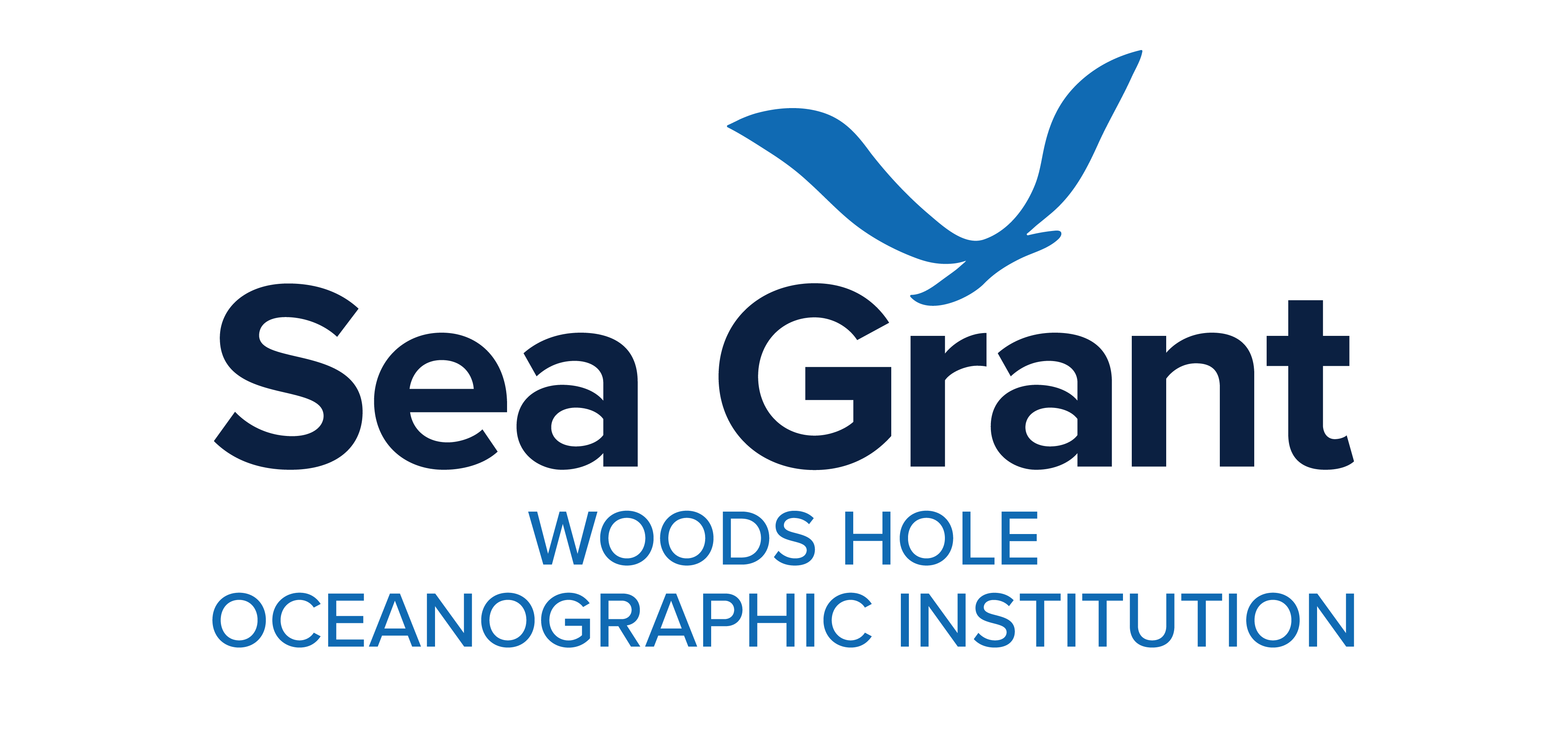Search results for: Air%20Sunshine%20Reservation%20%20800-299-7264%20%20Official%20Site%20%20Phone%20Number
Effects of Aqueous Exposure to Polychlorinated Biphenyls (Aroclor 1254) on Physiology and Behavior of Smolt Development of Atlantic Salmon
Effects of Aqueous Exposure to Polychlorinated Biphenyls (Aroclor 1254) on Physiology and Behavior of Smolt Development of Atlantic Salmon Lerner, D.T., B. Thrandur Björnsson, and S.D. McCormick Aquatic Toxicology , Vol. 81, pp. 329-336, 2007 WHOI-R-07-005
Read MoreSuggested Educational Resources For Use During School Closures
Educational resources used during school closures Woods Hole Sea Grant is pleased to be able to provide this list of educational resources to assist families and teachers with ideas and on-line programming for use during the unique school situations in response to COVID-19. IMPORTANT: Please check with state and/or local officials for the latest information…
Read MoreMay 3, 2019 Pollutants Workshop
Impacts of Human-derived Pollutants on the Coastal Environment Presenter: Dr. Chris Reddy, WHOI Marine Chemistry and Geochemistry Department – Using Discarded Shotgun Shells to Study the Fate of Plastics in the Environment Dr. John Stegeman, WHOI Biology Department – How Animals Deal with the Sea of Chemicals Date: May 2019 Lesson…
Read MoreWHOI-E-96-001 Crago, T.I. Marine Science Car
WHOI-E-96-001 Crago, T.I. Marine Science Car
Read MoreMarine Mammals In Our Backyard
Marine Mammals In Our Backyard Background All mammals: breathe air, give birth to live young, nurse their young, are warm-blooded, and have hair (baby whales and dolphins actually have small hairs on their rostrums (nose) when born and it eventually sheds away leaving behind small follicles). Marine mammals have a range or territory where you…
Read MoreClam Tents: A New Approach to Soft-Shell Clam Culture and Management
Clam Tents: A New Approach to Soft-Shell Clam Culture and Management Helpful to educators and students Leavitt, D.F. Marine Extension Bulletin, 4 pp., 1998 WHOI-G-98-006 Also available online: click here
Read MoreWHOI-R-03-002 Morford, J.L. Sampling Marine
WHOI-R-03-002 Morford, J.L. Sampling Marine
Read MoreBioacoustics
Bioacoustics This program is a collaboration between the NOAA Northeast Fisheries Science Center and Woods Hole Sea Grant. Background Light is very limited in the ocean habitat. Below the photic zone (the depth to which sunlight is able to penetrate) it is very dark. For marine mammals, however, this vast 3-dimensional world is far from dark. The…
Read MoreDGGE-based Detection Method for Quahog Parasite Unknown (QPX)
DGGE-based Detection Method for Quahog Parasite Unknown (QPX) Gast, R.J., E. Cushman, D.M. Moran, K.R. Uhlinger, D. Leavitt, and R. Smolowitz Diseases of Aquatic Organisms, Vol. 70, pp. 115-122, 2006 WHOI-R-06-003
Read MoreRecent Peer-reviewed journal articles
Peer-reviewed journal articles acknowledging Woods Hole Sea Grant funding (2015 – 2017): Wheeler, J. D., Luo, E., Helfrich, K. R., Anderson, E. J., Starczak, V. R., & Mullineaux, L. S. (2017). Light stimulates swimming behavior of larval eastern oysters Crassostrea virginica in turbulent flow. Marine Ecology Progress Series, 571, 109-120. doi: 10.3354/meps12106 Sullivan, L.…
Read More